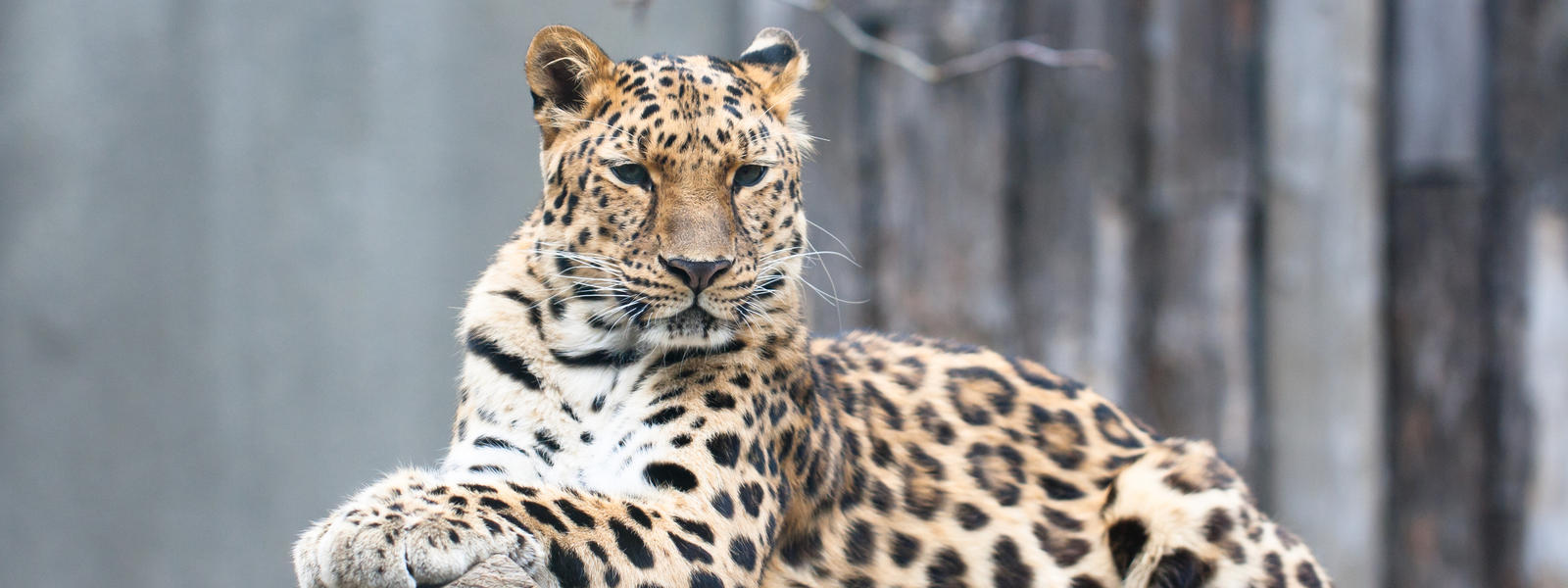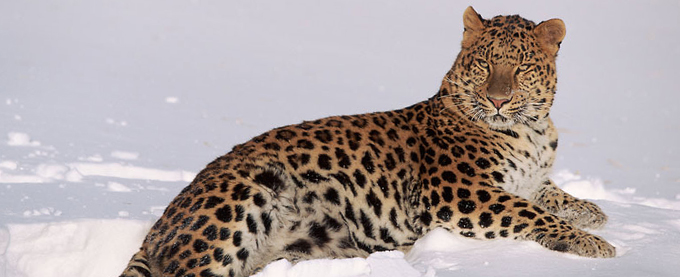The Amur Leopard
The struggle of a rare suspecies
Habitat
Diet
Breeding
Survivorship
Defense Mechanisms
- An ability to climb up trees - leopards are known as the best climbers in the animal kingdom.
- Camouflage - Their spotted fur acts to disguise them in their natural habitat. Camouflage also helps leopards hunt their prey unnoticed.
- Sharp teeth and claws - can be fatal to anything considering attacking a leopard. Leopards are notoriously powerful creatures.
Major Threats
Poachers
The Amur leopard is poached largely for its beautiful, spotted fur. Agriculture and villages surround the forests where the leopards live. As a result the forests are relatively accessible, making poaching a problem—not only for the leopards themselves, but also for important prey species,
Forest Fires
Prey Scarcity
As forest fires and human development shrink available land, the Amur leopard and other species will be forced to have smaller and smaller territories. As land becomes more scarce, fights over territorial space between species will become more likely. This is an example of interspecific competition - competition between members of different species.
Inbreeding
New camera trap images of leopards were obtained which shows a leopard with a very short tail, the first seen like this in the wild. It is possible this could be a sign of inbreeding.
Striving to maintain genetic diversity in the captive breeding programs for Amur leopards is very important so animals that may be used in the proposed reintroduction programs are as genetically fit as possible. This gives the population a greater chance of survival.
Conservation Efforts
“Amur leopards are literally teetering on the brink of extinction. The establishment of Land of the Leopard National Park is such exciting news. In conjunction with other conservation efforts, this provides a huge opportunity for the Amur leopard’s future.”
- Head of Species Diane Walkington
A Safe Haven
Monitoring Amur Leopards in the Russian Far East
Goal: Monitor Amur leopard and tiger populations in southwest Primorye
Email: ALTA@zsl.org
Website: http://www.altaconservation.org/projects/active-projects/conservation-projects-2015/monitoring-amur-leopards-russian-far-east-wcs/
Location: Primorye, Russia






























